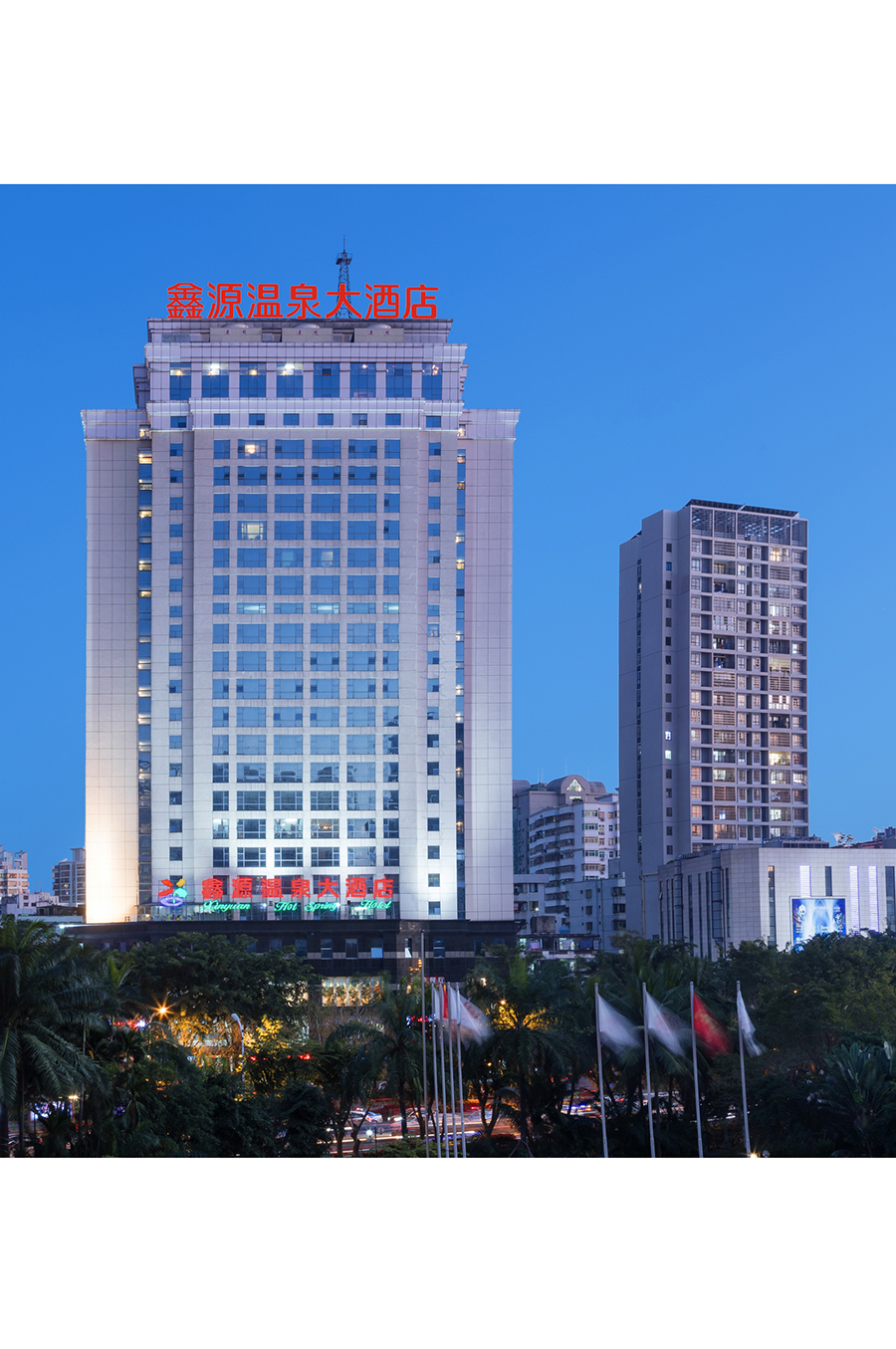What is the difference between cesium potassium fireproof glass and monolithic fireproof glass
I. what is the difference between cesium potassium fireproof glass and monolithic fireproof glass
Single piece cesium potassium fireproof glass is chemically treated for ion exchange at high temperature for more than 20 hours, replacing the metal sodium on the surface of the glass to form the surface chemical tempering stress. After physical treatment, the surface of the glass forms a high-strength compressive stress, which greatly improves the strength. When the glass is broken, it presents the condition of small particles and reduces the damage to the human body! The strength of single cesium potassium fireproof glass is 6-12 times that of ordinary glass and 1.5-3 times that of tempered glass!
The advantage of single piece cesium potassium fireproof glass is that it is not so closely related to the temperature it can work, but it has the ability to withstand the impact of heat wave and the rapid change of temperature, which depends on the specific heat capacity of the glass (which can affect the rate of temperature rise), thermal conductivity (the rate and distribution of heat passing through the glass) and thermal expansion rate. Together, single piece cesium potassium fireproof glass can accept quenching treatment from 300 ℃ to cold water!
Single piece fireproof glass can be used as ideal fire-proof materials for high-grade hotels, cinemas, exhibition halls, airports, gymnasiums, hospitals, libraries, commercial buildings and other public buildings without fire zoning requirements, as well as fire doors, fire windows and fire partitions for civil and shared buildings Usability: the selection of various thicknesses can meet different use needs Suitable for indoor and outdoor use of buildings According to the actual requirements, it can be combined with other glass to make laminated or hollow glass with fire prevention function
II. What is the difference between cesium potassium glass and general glass
Ordinary glass usually contains alkali metals dominated by sodium Cesium potassium glass is that ordinary glass is put into high-temperature cesium potassium molten salt, and the sodium ion on the glass surface is replaced by cesium potassium ion with larger diameter, so that the glass surface forms compressive stress, and then has the effect of tempering Therefore, cesium potassium glass is chemically toughened glass Toughened cups are mostly this kind of glass
If the cesium potassium glass is subject to wind (physical) tempering treatment, it will become a high-strength cesium potassium fireproof glass

III. related concepts
3.1 fire prevention
Fire prevention literally means to prevent fire. In the process of fabric deep processing, it refers to a process that prevents fire. Everyone should pay attention to fire prevention, know more about fire escape knowledge and protect the safety of themselves and their families. That is to clean up potential fire hazards and prevent fire.
3.2 glass
Glass staggered inorganic nonmetallic materials are generally made of a variety of inorganic minerals (such as quartz sand, borax, boric acid, barite, barium carbonate, limestone, feldspar, soda ash, etc.) as the main materials, and other auxiliary materials. Its main components are silica and other oxides. The chemical composition of general glass is Na2SiO3, CaSiO3, SiO2 or Na2O · Cao · 6sio2. The main component is silicate double salt, which is an amorphous solid with irregular structure. It is widely used in buildings to isolate wind and light, and belongs to mixture. There are also colored glass mixed with oxides or salts of some metals to show color, and tempered glass made by physical or chemical methods. Some transparent plastics (such as polymethylmethacrylate) are sometimes called plexiglass.
Article source: monolithic fireproof glass http://www.ba-glass.com/
-
05-04
What are the problems of composite fireproof glass in fire fighting
Some supervisors mistakenly think that the door made of fireproof glass is the fireproof door, the partition made of fireproof glass is the fireproof glass partition, and the window made of fireproof
-
04-12
Fireproof glass door: how to ensure that the fireproof door can play a role in critical times
How to ensure that the fire door can give full play to its ideal effect in critical time?1. Select appropriate typesAccording to the relevant specific introduction of fire doors, we can know that at t
-
02-17
Where is the fireproof glass generally installed
(1) the fireproof glass is generally installed on something. It may not be checked from time to time before installation. If the warpage, unsightness and glass hazards of the window edge and window ar
-
10-30
How to distinguish the quality of single fireproof glass?
1. Equipment conditions:No matter how to make a single piece of fireproof glass, it can't be done without some equipment, so if the manufacturer doesn't have the equipment, it can't mak
 中文
中文 English
English